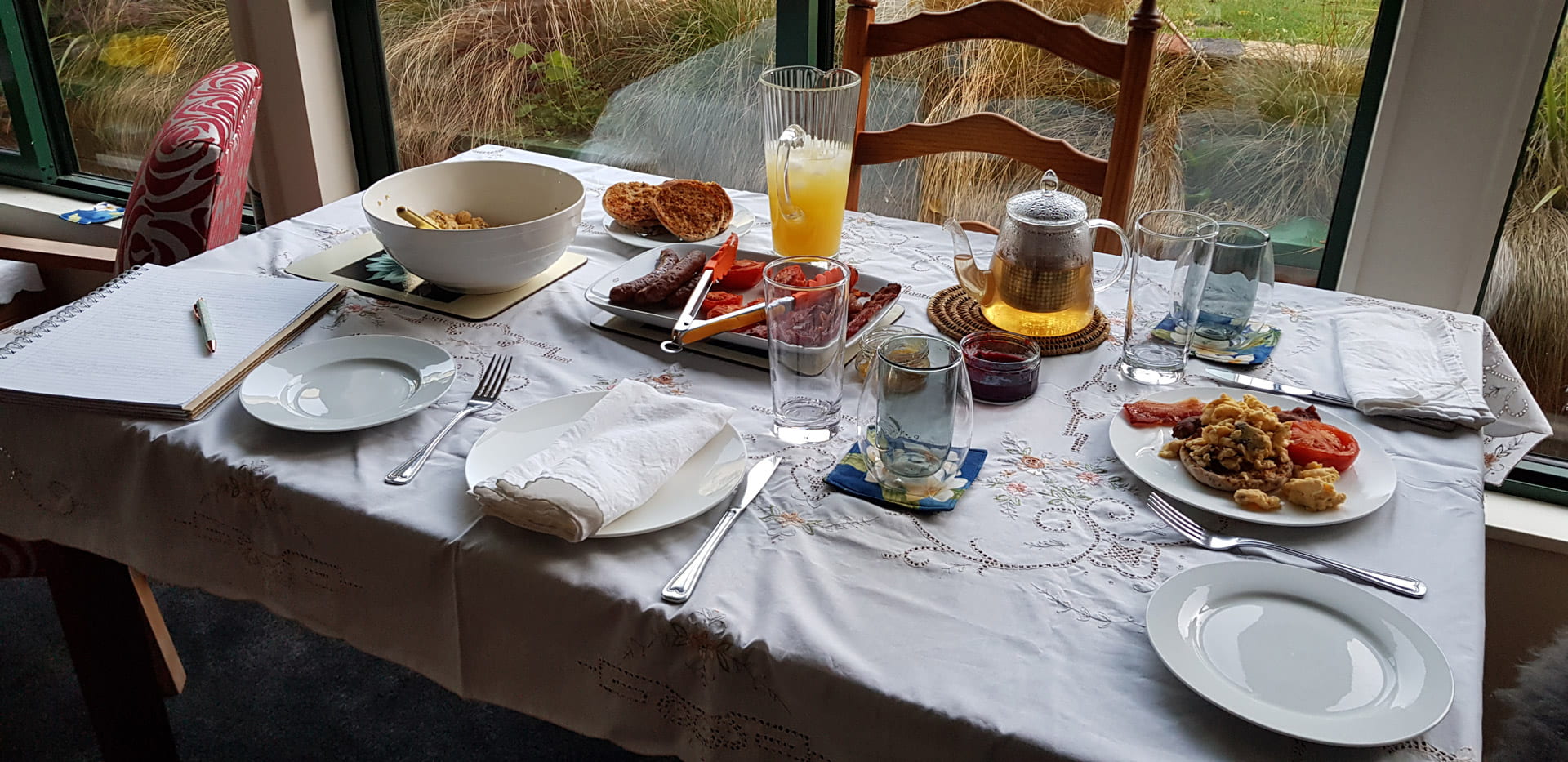The discipline of town planning spans back to when humans first started to live in permanent settlements. As anyone who has been flatting will know, once more than about two people start living together some decisions need to be made. Who gets what bedroom? How should we allocate chores? In ancient Greece a guy called Hippodamus came through to sort out his town’s version of these conundrums. At the top of his list was where to put houses and public spaces so that it made some sort of sense – akin to deciding what cupboards in the flat kitchen are for cups, and which are for plates, so that you can easily find them.
As ideas around planning began to grow, towns developed formalised streets so that it was easy to get around, and land-use zoning to separate smelly industry from people’s homes. Town planning has now grown into a whole profession. Today, planners weigh up the needs of different groups in order to make decisions on what is the best way to use spaces and resources. Imagine one flattie wants to have a party on Saturday, but another has an assignment due on Monday, and another one doesn’t want the partygoers to spill beer on the carpet because they paid the bond. Welcome to the world of planning (kinda).
In New Zealand, mana whenua are that flattie that paid the bond – their bond though is made up of deep spiritual relationships with the environment and shared genealogy with the natural world. It’s unsurprising then that Māori developed their own town planning practices too. Developed over generations, it was shaped by their unique values and world views. When Pākehā arrived in New Zealand though, they didn’t just adopt the local planning systems. Instead, they packed up theirs from back home and forced it upon their new flatties. “You used to do dishes after every meal? Too bad – now we stack them all up and do then on a Sunday arvo. That’s how we did it in my old flat”.
Unsurprisingly, this has caused some tension – tension that is still present in New Zealand’s planning system today. Much of this tension is structural, like a bad tenancy agreement, but some of it is how planners treat their mana whenua flatmates. My masters research focuses on this – it asks Ngāi Tahu environmental kaitiaki about these interactions, and asks how they think planners could work differently to reduce some of these tensions. Surprisingly, it seems this complex question has some simple answers: respect, humility, open-mindedness… all the things we ask of our flatmates.
I am sure that most planners want to be good flatties. What my research shows though is that there isn’t a lot of guidance out there to help them be better. Hopefully, my research can fill this gap, and make this planning flat a more manageable place for Ngāi Tahu environmental kaitiaki to live. After a month in our bubbles, I’m sure we can all appreciate the value of good flatties.

Courtney Bennett is a post-grad student in Te Kura Aronukurangi | School of Earth & Environment at the University of Canterbury. Her background is in town planning, and her masters focuses on best practices in mana whenua engagement.













